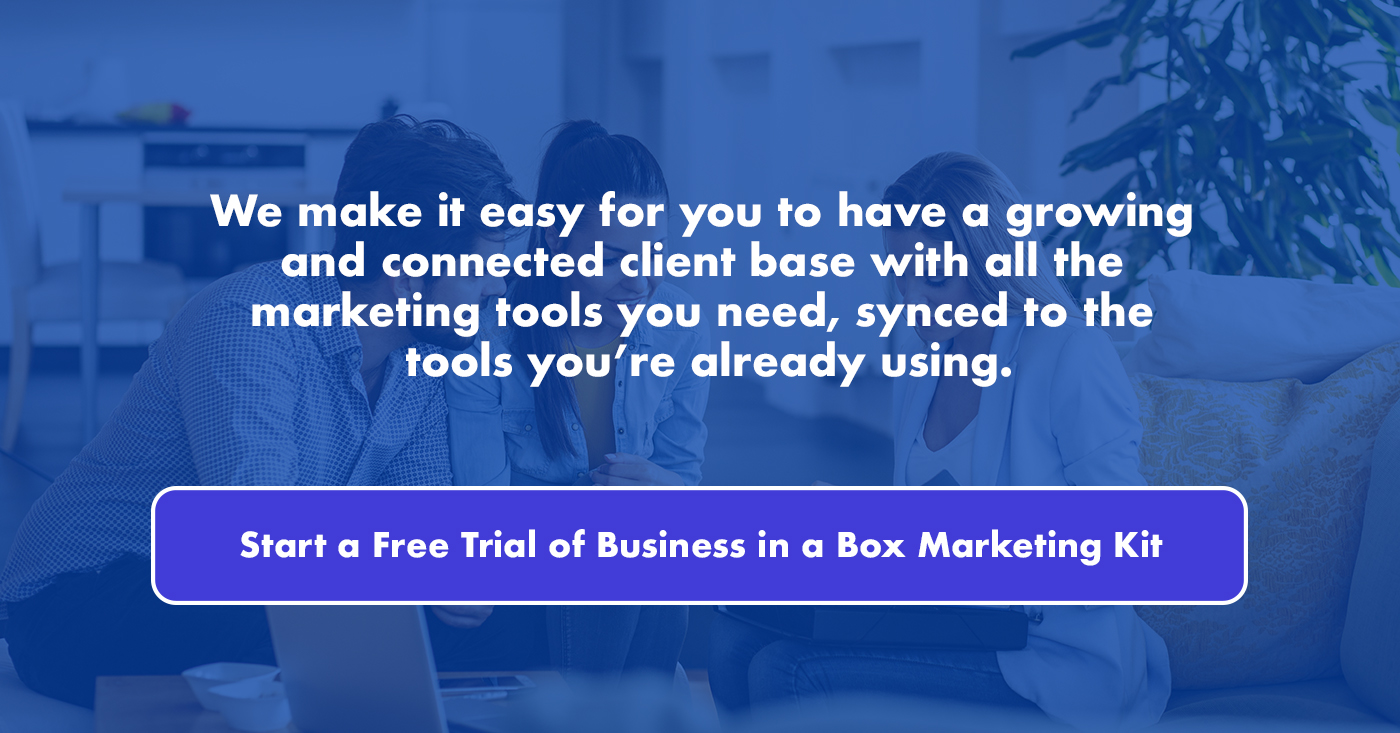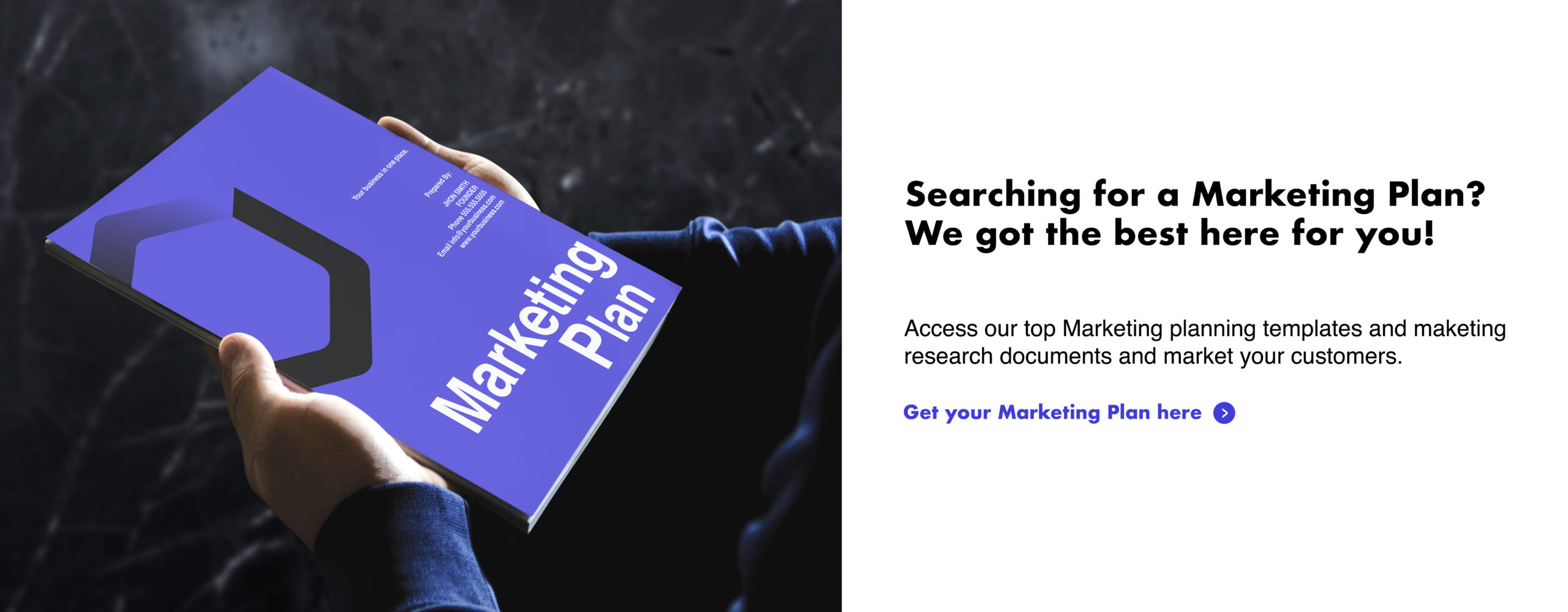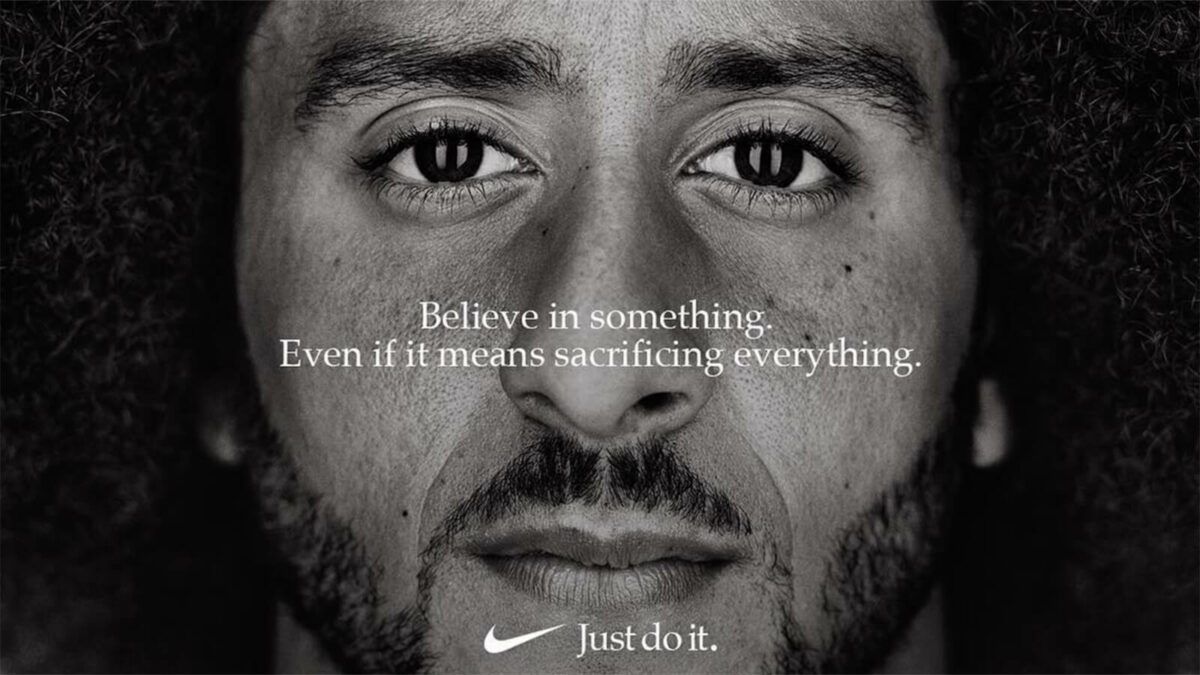Think about your target audience. Describe them.
- How old are they?
- What do they like and dislike?
- Where do they live?
- What’s their occupation?
- What’s their gender?
- How much discretionary income do they have?
- What’s their personality like?
Congratulations! Once you’ve finished answering questions like these (and others), you’ll have built your target market. However, that target audience you’ve identified likely makes up less than 1% of Facebook’s users.
With over 2.80 billion monthly active users on the platform, you have to master Facebook ad targeting to ensure your hard-earned marketing budget doesn’t get wasted on the 99% of other uninterested buyers milling about. That’s easier said than done—and that’s why we’ve built this quick guide to help you learn all the top Facebook targeting options you can use to find customers like a marketing sniper.
Don’t Skip Through the Targeting Setup
This is a rookie mistake most new ad-makers make the first time around. When you reach the targeting portion of the Facebook ads setup process, take your time—targeting is where the magic happens.
It’ll take time and research to narrow down your targeting, but it’s hours well spent. Here’s what you get the more you zero in on your target audience:
- Save Your Budget: Spend your advertising dollars on those most likely to buy—not unconcerned Facebook users.
- See Results Quickly: Serve your ads to users with the most potential quickly, helping you see ROI in days instead of weeks.
- Run Perfect Ads: Use the type of ads your target audience is most likely to engage with, whether that’s videos, stories, or Messenger ads.
Without specific targeting, Facebook is a massive waste of money. Think about it.
If your typical buyer is a 21-year-old female college student who likes knitting, that’s a very specific audience—you can’t afford to waste your budget on married couples, male college students, high schoolers, or those with no interest in knitting or arts and crafts.
Don’t skip through the targeting portion of your Facebook ads setup. It might not be as fun as creating the ad copy or creative assets, but it’s arguably the most critical phase of your ad creation.
Finding Your Facebook Target Audience
The time you set aside to start creating your Facebook ads is not the time to figure out who your Facebook target audience is. Building your target market requires research and insights—not guesswork.
Use your existing customer data (whether that’s in-store data gathering or Google Analytics tracking website users) to learn who your customers are. Ideally, you’d have completed (or at least started) this research before you even launched your business—but that’s not always the case.
Learn about your ideal Facebook target audience. Figure out who they are. Don’t use Facebook ads to figure out who your audience is—there are much cheaper ways to learn those insights.
Here are a few ways you can define your target market:
- Reference Your Competitors: Have more established competitors in your niche? Look and learn from their customers—they’ll likely be relatively similar to your own.
- Conduct Market Research: Launch customer surveys, interviews, and focus groups to learn about your audience.
- Use Your Social Media Data: If you’ve already built a social media following, Facebook will have gathered important insights about your followers.
If you find that your target audience is too broad, you’ll need to narrow it down into different segments.
For example, if you sell whey protein powder for women, you may have a general audience ranging from women ages 18-40 who like to exercise—but that’s a very broad audience.
Within that target market, you’ll likely have different segments, such as:
- Female college athletes
- Non-collegiate female athletes
- Women looking to get fit
- Moms who like to workout
- Female powerlifters
- Female yoga enthusiasts
These segments vary widely, and the ads you serve will need to be adjusted to target their specific wants and needs.


























